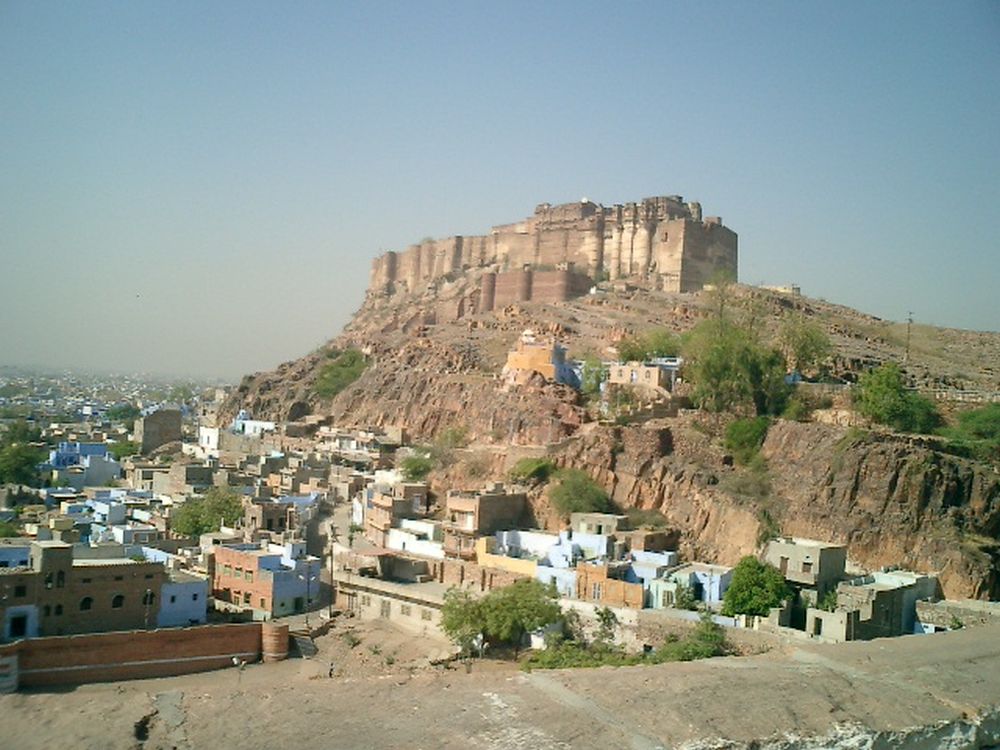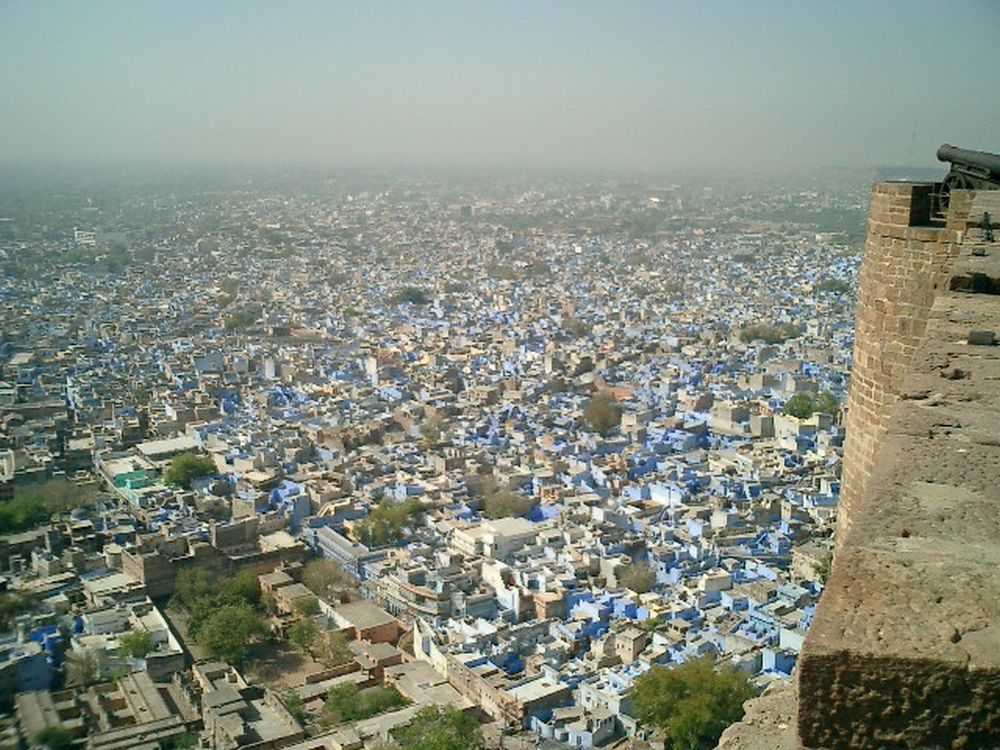This is Thomas Friedman:
He’s famous to older people for being the first reporter to cover some atrocities in the Middle East. And his book From Beirut to Jerusalem is in my view required reading before anyone can have a conversation on Middle Eastern topics.
But today he more famous to the younger IT crowd for his book The World is Flat.
In that book, he makes the argument that the modern Intranet has flattened the world, permitting the development of truly global supply chains.
Because the subtitle of his book is “A brief history of the 21st century” he is not strictly wrong. But unfortunately, he never points out the far deeper, far older truth that truly global delivery in fact dates back thousands of years!
In their book Global Management in the 21st Century the authors begin by a humbling story that shows, at its core, nothing much has changed in over 5000 years:
“There is evidence of extensive trade between nations as early as 3000 BC. Some 2000 years ago Herod build the port of Caesarea Maritima. This served as a major east-west trade route with Byzantium and Rome, which were as much as 60 days away by sail. The harbor handled local products like wine, flax, and grain, as well as exotic products like silk and spices, that were brought to the port from Asia by caravan. Imagine the management challenges associated with coordinating shipping schedules with the arrival of products from Asia and the purchase of local products.”
Still more anecdotes explain the challenges of global delivery and multi-cultural teams – efficiently and expertly solved, with a high degree of goal-orientation, but literally thousands of years ago!
So while Thomas made a good observation about the Internet and the flattening of the world, in fact so many of the global delivery challenges the IT community faces today are the same challenges humans faced thousands of years ago. And the real question is perhaps not what as the Internet enabled, but rather . . . what has the modern nation-state approach led us to forget?


